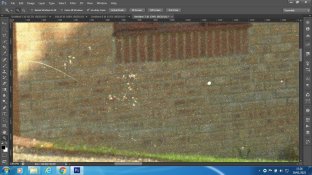Richard1985
Member
Hi everyone,
There have been many threads posted about the removal of fungus from film with varying degrees of success. One recommended approach is water with Kodak Photo Flo. Another recommendation has been to use Flexicolor Stabiliser IIII but I cannot seem to find this anywhere.
Has anyone tried water with Kodak Photo Flo and were you successful in removing fungus and crack like threads from film? If so, what ratio of Kodak Photo Flo to demineralised water did you use?
As I am new to this approach, specific details or protocols would be appreciated.
Thank you.
Richard
There have been many threads posted about the removal of fungus from film with varying degrees of success. One recommended approach is water with Kodak Photo Flo. Another recommendation has been to use Flexicolor Stabiliser IIII but I cannot seem to find this anywhere.
Has anyone tried water with Kodak Photo Flo and were you successful in removing fungus and crack like threads from film? If so, what ratio of Kodak Photo Flo to demineralised water did you use?
As I am new to this approach, specific details or protocols would be appreciated.
Thank you.
Richard











